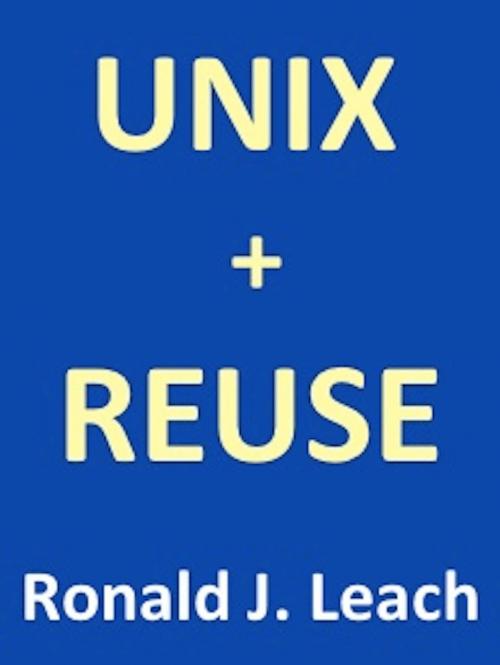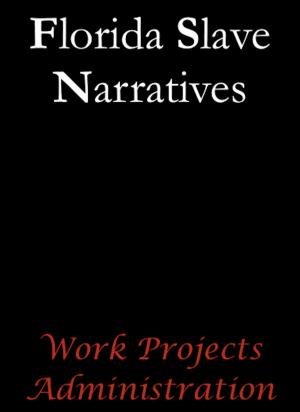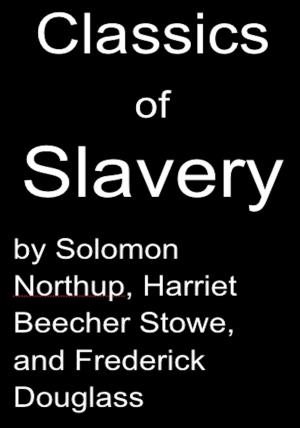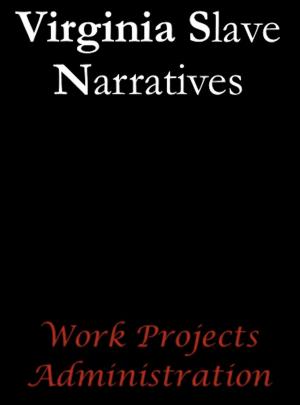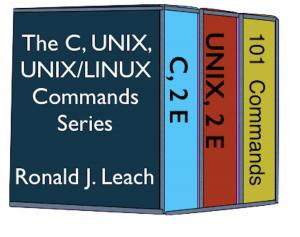UNIX + REUSE
Nonfiction, Computers, Operating Systems, Unix, Networking & Communications, Computer Security| Author: | Ronald J. Leach | ISBN: | 1230000013981 |
| Publisher: | AfterMath | Publication: | August 26, 2012 |
| Imprint: | AfterMath | Language: | English |
| Author: | Ronald J. Leach |
| ISBN: | 1230000013981 |
| Publisher: | AfterMath |
| Publication: | August 26, 2012 |
| Imprint: | AfterMath |
| Language: | English |
This book contains the full text of the second editions of two of the author’s books: Advanced Topics In UNIX and Software Reuse: Methods, Models, Costs.
Although the first edition of Advanced Topics In UNIX was originally published by John Wiley and Sons, and the first edition of Software Reuse: Methods, Models, Costs was originally published by McGraw-Hill, the second, electronic editions of both books were published by AfterMath in Baltimore, Maryland and are relatively available.
The two books have been packaged together because they fit well. Indeed, the philosophy of each book influenced the other. at least to some extent, although there is essentially no overlap. A few examples will illustrate the relationship.
Advanced Topics In UNIX emphasizes the develop of applications and systems software in complex environments with changing technology, such as is common in the world of UNIX, Linux, Solaris, Apple Darwin, Mach, and similar. Linux alone has several flavors, including Fedora, Ubuntu, and SUSE and several popular file systems, such as ext, ext2, ext3, and ext4. Linux has been ported to smartphones, although a recent patent case decision makes the future of such an installation hard to predict. Surviving in this environment means understanding many types of system calls and how they interface. The well-known classification of all UNIX artifacts as being either a process or a file certainly encourages reuse!
There are eleven chapters in Advanced Topics In UNIX: Introduction to UNIX, The User Interface, Input and Output, UNIX File Systems, Introduction to Processes, Memory and Process Management, Introduction to Interprocess Communication, The System V IPC Package, Signals, Sockets, and RPC, IPC Comparison, and Fault-Tolerant UNIX Software.
Software Reuse: Methods, Models, Costs emphasizes the cost efficient development of high-quality software systems in changing technology environments. Our primary example of domain analysis, which is the analysis of software into potentially reusable artifacts, often at a higher level than simply source code modules, is the assessment of possibilities for reuse in the Linux kernel.
There are eight chapters in Software Reuse: Methods, Models, Costs: What is Software Reuse?, Techniques (which included domain analysis), Reuse Libraries, Certification of Reusable Software Components, The Economics of Software Reuse, Reengineering, Case Studies, and Tools For Software Reuse.
This book contains the full text of the second editions of two of the author’s books: Advanced Topics In UNIX and Software Reuse: Methods, Models, Costs.
Although the first edition of Advanced Topics In UNIX was originally published by John Wiley and Sons, and the first edition of Software Reuse: Methods, Models, Costs was originally published by McGraw-Hill, the second, electronic editions of both books were published by AfterMath in Baltimore, Maryland and are relatively available.
The two books have been packaged together because they fit well. Indeed, the philosophy of each book influenced the other. at least to some extent, although there is essentially no overlap. A few examples will illustrate the relationship.
Advanced Topics In UNIX emphasizes the develop of applications and systems software in complex environments with changing technology, such as is common in the world of UNIX, Linux, Solaris, Apple Darwin, Mach, and similar. Linux alone has several flavors, including Fedora, Ubuntu, and SUSE and several popular file systems, such as ext, ext2, ext3, and ext4. Linux has been ported to smartphones, although a recent patent case decision makes the future of such an installation hard to predict. Surviving in this environment means understanding many types of system calls and how they interface. The well-known classification of all UNIX artifacts as being either a process or a file certainly encourages reuse!
There are eleven chapters in Advanced Topics In UNIX: Introduction to UNIX, The User Interface, Input and Output, UNIX File Systems, Introduction to Processes, Memory and Process Management, Introduction to Interprocess Communication, The System V IPC Package, Signals, Sockets, and RPC, IPC Comparison, and Fault-Tolerant UNIX Software.
Software Reuse: Methods, Models, Costs emphasizes the cost efficient development of high-quality software systems in changing technology environments. Our primary example of domain analysis, which is the analysis of software into potentially reusable artifacts, often at a higher level than simply source code modules, is the assessment of possibilities for reuse in the Linux kernel.
There are eight chapters in Software Reuse: Methods, Models, Costs: What is Software Reuse?, Techniques (which included domain analysis), Reuse Libraries, Certification of Reusable Software Components, The Economics of Software Reuse, Reengineering, Case Studies, and Tools For Software Reuse.
